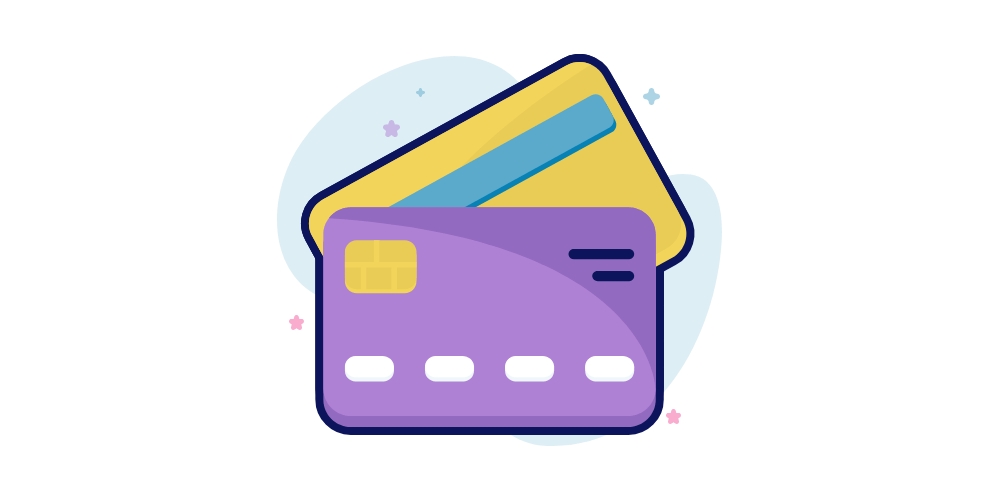Why RTP Matters for Online Casinos and What It Is
You may have heard the phrase "RTP" (Return to Player) when perusing slot machines and other online casino games. You'll see it mentioned frequently in game descriptions, usually as a percentage. The question is, why should players care about it, and what does it signify? Gain more enjoyment out of your gaming sessions, make better decisions, and control your expectations by learning about RTP.
A game's theoretical return to player (RTP) percentage shows the percentage of bets that eventually end up in the player's pocket. A slot machine with a 96% RTP, for instance, would typically pay out $96 for every $100 wagered. The house edge, or $4, is the amount that remains after all expenses have been paid out to the casino.
Rather than being based on a single session, RTP is determined over millions of spins or rounds. The RTP can help you understand the game's long-term behaviour, even though you could swiftly win or lose a lot in any short-term play. This is just a tool to help you understand the probabilities; it doesn't guarantee anything.
The theoretical return to player (RTP) range varies between casino games. When played with the best strategy, games like video poker and blackjack can provide RTPs of 98% or more, while the majority of online slots sit anywhere between 94% and 97%. The RTP of a live dealer game, such as roulette or baccarat, can be anywhere from 95% to 99%, depending on the regulations and kinds of bets used.
Players should care about RTP for what reasons?
You can tell which games are worth it more by looking at their RTP. There is a statistically significant difference between slots with RTPs of 92% and those with 96.5%. The more time you play the game with a higher RTP, the more of your wagers will be returned, increasing your chances of winning and enjoying the experience.
Additionally, volatility (or variation) is a powerful tool when used in conjunction with RTP. For casual players seeking longer sessions with reduced risk, a game with a high return to player percentage but moderate volatility could offer many small wins. A high-volatility game with the same RTP may have smaller payout frequency but larger potential payouts. By being aware of both values, you will be better able to select a game that suits your playing style and budget.
It should be mentioned that while not all online casinos make their RTPs public, many trustworthy sites do. The RTP is typically included in the game's help or info section by gaming developers like as NetEnt, Play'n GO, and Red Tiger. The game icon or description page of some casinos even displays it.
Whether you're playing with bonus money or trying to win big in the long run, it's in your best interest to verify the RTP before you play. Even though it can't guarantee you'll win more often, it will help you find games with higher payout percentages.
In conclusion, return to player (RTP) is an important metric in online casino games that sheds light on your prospects in the long run. You may improve your gaming strategy and have more fun by learning which games have greater return to player percentages and then combine that information with smart bankroll management.
Related Tips
Choosing the Best Deposit Method for Your Casino
Finding out how to fund your account is the first order of business when you're ready to immerse you..
Read MoreA Guide to Safe and Intelligent Play at Reputable Online Casinos
When you have access to hundreds of online casinos, picking one to play at could be just as crucial ..
Read MoreHow to Maximise Online Casino Bonuses Without Getting Burned
The Trick to Making the Most of Your Online Casino Bonuses Without Losing Money Generous incentive..
Read MoreRecommended Casino

Key Features
- Good selection of game providers
- Live dealer games are available
- Various responsible gambling options available





